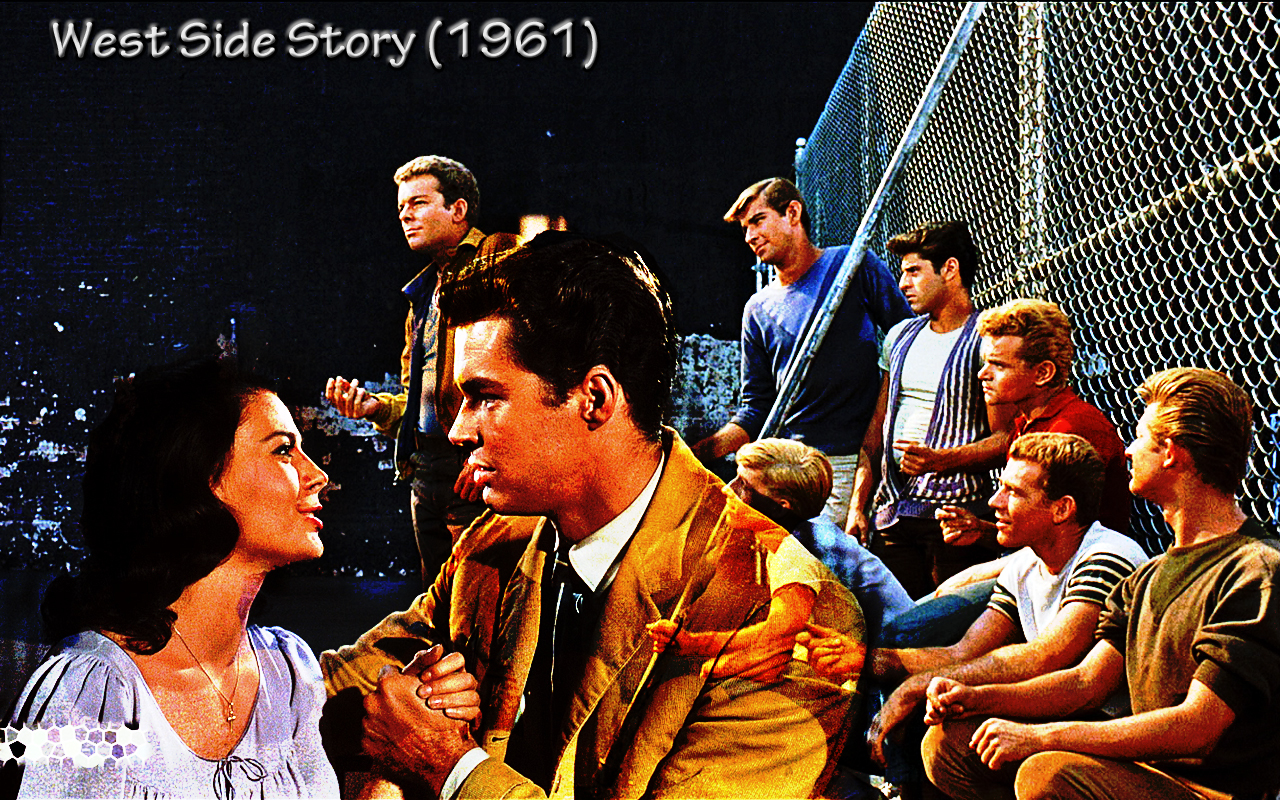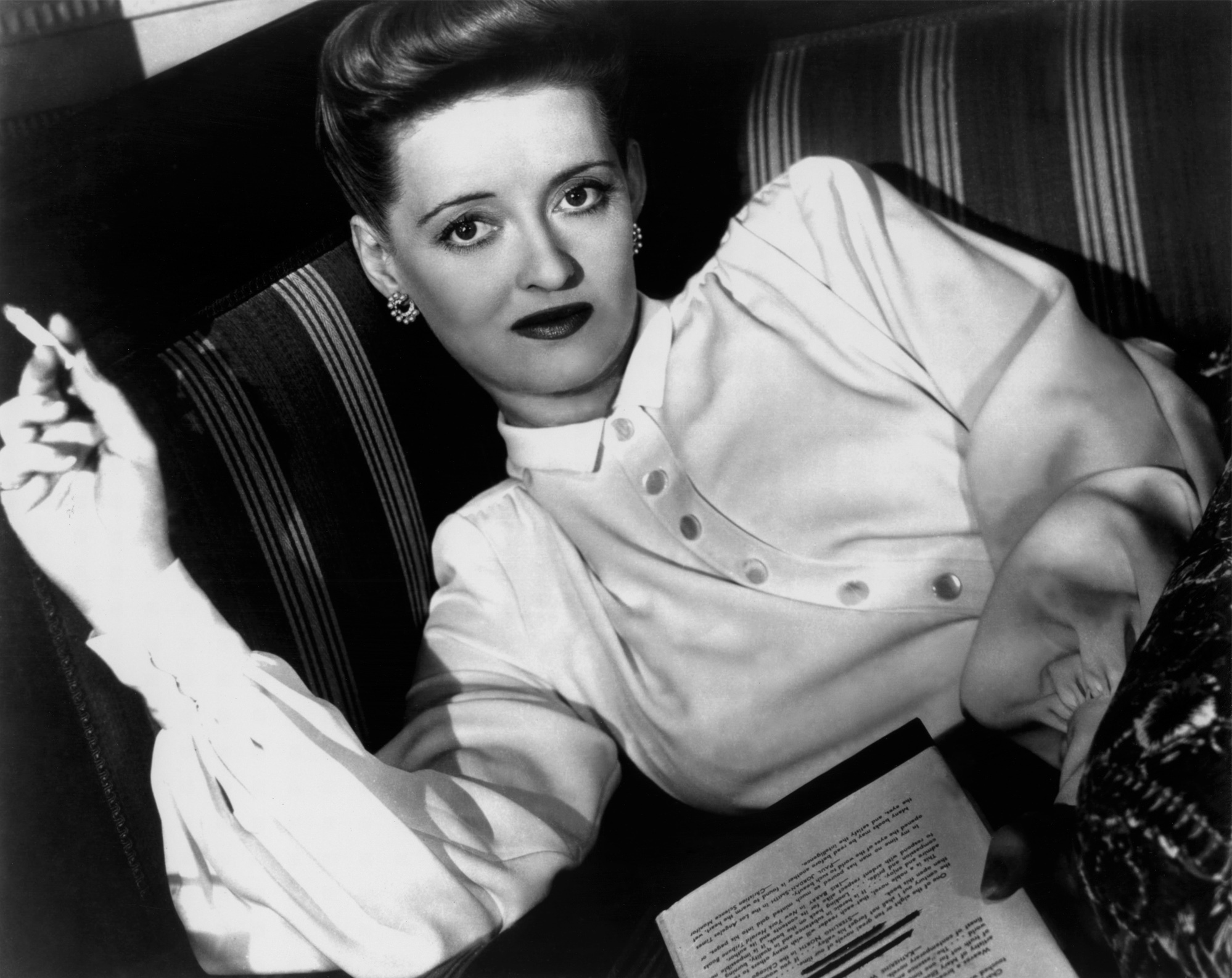One of the most popular topics for artists to explore
is the topic that they perhaps know best; art and the artistic process. Works that
are built around this concept often focus upon the struggles and heartaches
that make up the artistic process, while still reminding audiences of the
satisfaction that makes it all worthwhile. Some works, however, delve into the
dark side of the artist’s life and chronicle the devastating effects of a life
devoted to an unappreciated or failing craft. One such work is the 1984 biography Amadeus. While the film was marketed as
a historical work about the life of the prophetic composer Mozart, the film is
one of the most remarkable portrayals of the artist’s life from its euphoric
highs to the consuming effects of its devastating lows.
 |
| Genius does not guarantee fashion sense |
The story begins with once renowned composer Antonio
Salieri (F. Murray Abraham) living out his final years in obscurity at a
hospital in Vienna. Sensing that his time may be running short, Salieri summons
a priest to read him his last rights, but is mortified when the priest treats
him no differently than the other patients. Confronted with his own anonymity, he
reveals that confession is the sacrament that he is truly interested in as he
reflects upon the events that brought him from rising star to aging unknown in
the film’s central flashback. He begins his tale during his childhood when he
became fascinated by music and received a vision that convinced him that he was
chosen by God to pursue a career in music. In order to become worthy of his
perceived destiny, he devotes himself to hard work and abstains from any and all
forms of vice as he grows older. After years of diligently studying and working
to make a name for himself, Salieri finally attains success after gaining the
notice of Emperor Franz Joseph (Jeffrey Jones) and the royal court of Vienna. Just
as he begins to grasp his goals, however, another artist arrives on Vienna’s
music scene; prodigy Wolfgang Amadeus Mozart (Tom Hulce). Despite his natural
gifts, Mozart is shown to have more in common with a modern-day fraternity member
than a musical genius as he seems to spend just as much if not more time
drinking, carousing, and spending his limited funds as he does writing the
works that will make him famous. Regardless of his personal habits, Mozart’s
talent, while in many ways ahead of his time, cannot be denied and he quickly begins to win the favor of the same patrons that Salieri has spent years
trying to impress. Determined to maintain his success, Salieri completely devotes
himself to his craft, only to have Mozart effortlessly best him at every turn.
After losing his commissions, status, and finally his muse and the object of his
secret infatuation to Mozart, Salieri takes on a new mission in life; to destroy
Mozart’s career at any cost. So begins a descent that proves the desperate lengths an
artist will go to in pursuit of ‘success’ and the all too high price that some
will pay for a chance at immortality.
Although excellent entertainment, Amadeus is not a film that is known for its historical merit.
Rather than a traditional biography, the film was adapted from the Broadway
play of the same name, which chronicled the rivalry between Salieri and Mozart and explored the popular legend that the vengeful Salieri was responsible for Mozart’s death. Much like purported historical dramas such as JFK, Amadeus
uses the basic facts of its character’s lives to tell its own story. Unlike JFK, however, the film does not alter
history in an effort to promote its theory or push forward a revisionist
agenda. Instead, the film follows in the tradition of such historical tales as Spartacus and The Crucible by using its historical story to analyze and comment upon themes that still resonate today. For
example in Spartacus, Kirk Douglas’
rebellious slave stood in for people unjustly persecuted during the McCarthy
era much in the same way that Hulce’s Mozart serves as a metaphor for true art
and genius. Likewise, Abraham’s Salieri provides an excellent foil as a symbol
of popular mediocrity that is unable to resonate beyond its initial hype. Through
its portrait of artists as rivals Amadeus
reveals the ways in which art, often touted as one the most redeeming and pure
aspects of culture, can be just as corrupt and jaded as any other aspect of
society. The juxtaposition of Mozart and Salieri excellently portrays both the
awe of true genius and the sense of both injustice and inadequacy that it
inevitably inspires in those who strive to but cannot achieve it. The evolution
of Salieri from dedicated composer to thief, saboteur, and assassin in the name
of success also provides apt insight into the ways in which the standards of
society (both then and now) can consume, delude, and ultimately break the many
people who struggle to keep up with its ever increasing demands. The film also
succeeds where many other art themed films fail in that it portrays its central
characters as people who, although fully three dimensional, aren’t so different
from viewers, rather than as mythic figures whose lofty profession
makes them impossible to relate to. As a result, while it may not be a reliable
historical source, Amadeus remains an
excellent source of thought, debate, and of course inspiration.
 |
| Mediocrity in its natural state; self-righteous indignation |
The cast and musical score combine to bring this
historical tale to life in a way that spoke to viewers upon its initial release
during the 1980’s and continues to do so today. As Salieri, Abraham seamlessly transforms
from disillusioned everyman to ruthless psychotic in such a way that he reminds the audience of the darkness lurking within our own petty jealousies. Similarly,
Hulce grows with his character as his Mozart enters the story an overgrown
child, but eventually develops into a sympathetic family man struggling to
balance his artistic ambitions and domestic responsibilities. The reversal that
the two lead performances develop is truly thought provoking in the way that it
forces viewers to question the preconceived notions and biases that they
entered the film with. Elizabeth Berridge and Roy Dotrice lend apt support as
the two diverging influences in Mozart’s life; his free spirited wife and
stern father. The film’s score provides an excellent backdrop to the
plot’s proceedings and adds a distinct sense of atmosphere and place to the
story. The music also allows audiences to experience the power of Mozart’s work
first-hand, which effectively speaks for the composer’s genius without forcing
the characters to constantly reiterate it.
Amadeus
is truly one of the most innovative and unique takes on the historical drama.
The well-drawn characters and relevant themes bring the complexities of Mozart’s
world to life while still evoking genuine emotion from modern audiences. While
I would not recommend this film for historical purposes, I wholeheartedly
recommend it to any viewers interested in well executed drama and anyone who has
found themselves caught in the timeless struggle to ‘be somebody’ in an
anonymous world. Inspired by this film, the 1986 pop hit “Rock Me Amadeus” describes Mozart as a ‘superstar’
and ‘rock idol’; one viewing and even the most modern of music
fans will be tempted to describe the classical icon the same way.
 |
| Time to party like its 1789! |










